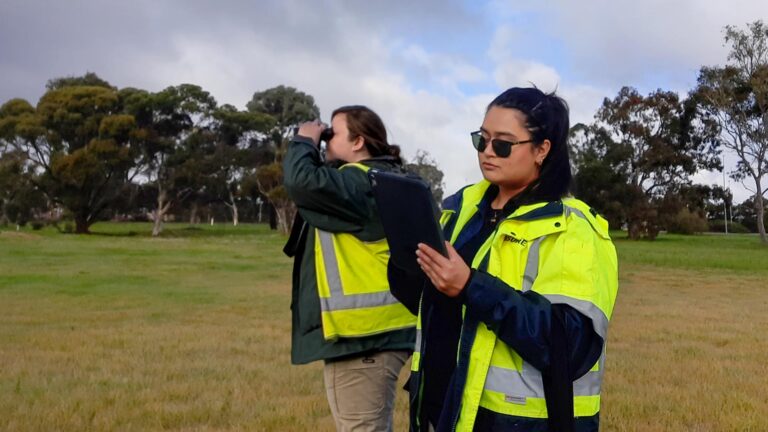May 25 marks the sixteenth anniversary of a bird strike on a B747 cargo aircraft operated by Kalitta Air. The Kalitta Air Flight 207 accident highlights the complex interplay of human factors and the operating environment, and the shared responsibility of all players for aviation safety.
According to the official investigation report:
‘On May 25, 2008, at 11:31(UTC), a Kalitta Air B747-209F overran runway 20 of Brussels Airport, Belgium after a rejected take-off.The aircraft came to a stop 300m after the end of runway 20, above the railroad embankment. The aircraft was severely damaged, breaking into three parts. The crew of 4, and a passenger evacuated safely, and suffered only minor injuries.’
Had it been a passenger aircraft, the results are likely to have been tragically different.
The report continued, ‘The initial phase of the take-off run occurred normally. The speed increased under a constant acceleration until engine number 3 experienced a bird strike. This caused a momentary loss of power, accompanied by a loud bang, heard by the crew and external witnesses, and by flames, seen from the control tower. The bang and the loss of power occurred 4 seconds after the V1 speed call-up.’
Despite this, the captain decided to reject the take-off. (Noise analysis during the subsequent investigation showed that the engines were beginning to recover.)
‘Two seconds after the bang, all four engines were brought back to idle, and braking action was initiated. The aircraft reached a first embankment, dropping from a height of 4 m, and broke into three parts. The aircraft came to a stop just above the top of the railroad embankment’.
Snarge (organic residue from the engine) was sent to the US Smithsonian Institute Museum of Natural History – Bird Division, where scientists inspected the remains and analysed the DNA. They determined that the bird was a European kestrel (Falco Tinnunculus), a protected species. ‘Brussels Airport records an average 100 bird strikes annually, reported either by crews or through runway inspections.’
The investigation report made two main recommendations:
- Improved training for Kalitta flight crew, especially around the danger of rejected take-offs around V1, and following procedures.
- Having a dedicated head of the airport’s bird control unit, rather than an airport inspector in the role part-time, and more comprehensive training for airport wildlife hazard management staff (rather than the narrower training at that time which focused on obtaining a hunting licence).
FINAL REPORT
Ref. AAIU-2008-13
Issue date: 10 July 2009




